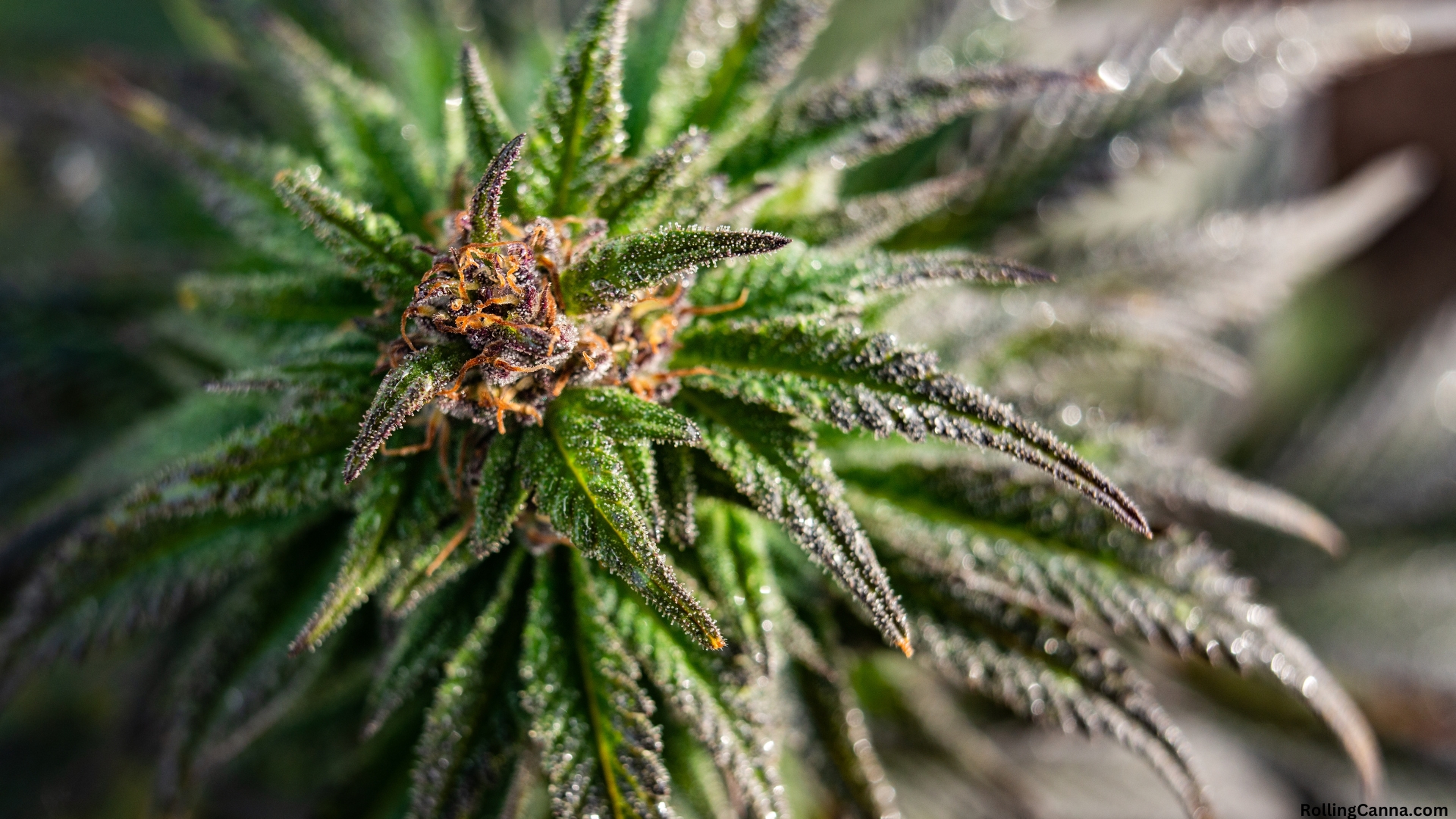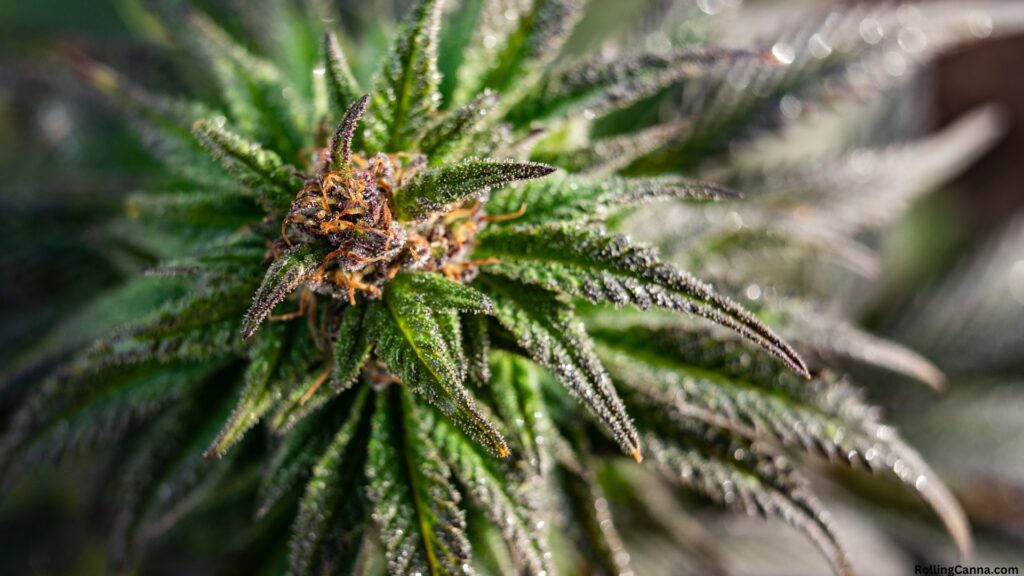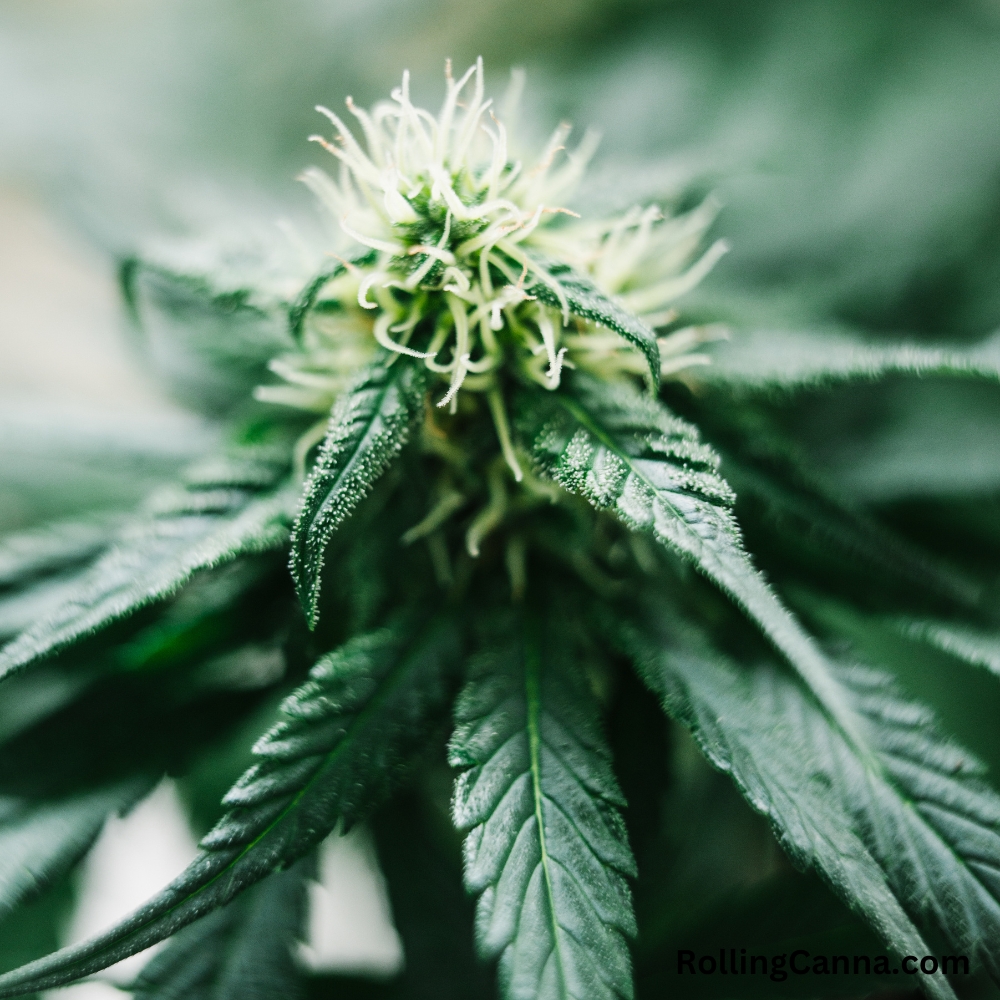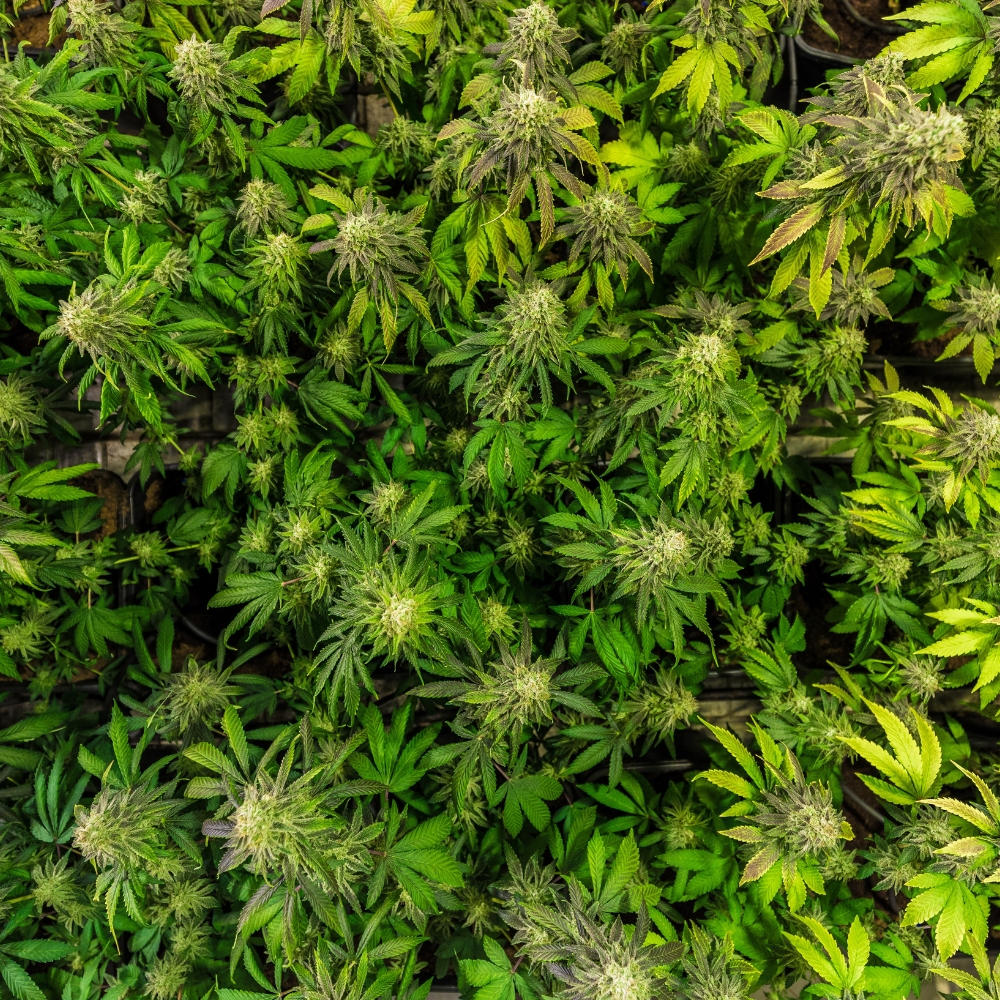Whether you’re buying cannabis flower, oil, or edibles, the packaging contains a lot of important information—but only if you know how to read it.
Many first-time users (and even seasoned ones) overlook critical label details that can greatly affect their experience. In this guide, we’ll walk you through how to understand cannabis labels so you can choose the right product, avoid unwanted effects, and get the most value for your money.
Why Cannabis Labels Matter
Cannabis products aren’t one-size-fits-all. The label is your window into what you’re consuming—how strong it is, what kind of high (or relief) to expect, and whether it meets your needs.
Unlike other consumer goods, cannabis affects your body and mind. That’s why reading the label is essential for making safe, smart choices.
Key Information You’ll Find on a Cannabis Label
Here’s a breakdown of the most common—and most important—things to look for on cannabis product packaging:
1. THC and CBD Content
These are the two most important numbers on any cannabis product.
- THC: Tetrahydrocannabinol, the compound that causes the “high”
- CBD: Cannabidiol, a non-psychoactive compound with calming, therapeutic effects
You’ll usually see THC and CBD expressed in:
- Percentages (for flower and concentrates)
- Example: THC: 22%, CBD: 0.1%
- Milligrams per serving/package (for edibles, tinctures, capsules)
- Example: 10 mg THC per gummy; 100 mg total in pack
Tip:
- 0–10% THC = mild
- 10–20% THC = moderate
- 20%+ THC = strong
2. Strain Type: Indica, Sativa, or Hybrid
Most labels will categorize the product as one of the three main types:
- Indica – Relaxing, good for sleep or pain relief
- Sativa – Energizing, good for daytime and creativity
- Hybrid – Balanced effects (can be indica- or sativa-dominant)
Some packages may also list the specific strain name (e.g., Blue Dream, Pineapple Express), which you can research further for expected effects.
3. Terpene Profile
More advanced products will include terpene content, which influences aroma, flavor, and subtle effects. Some common terpenes include:
- Myrcene – Relaxing
- Limonene – Uplifting
- Caryophyllene – Anti-inflammatory
- Pinene – Alertness
Understanding terpene profiles can help you choose a product that matches the experience you’re looking for.
4. Cannabinoid Profile (Beyond THC and CBD)
In addition to THC and CBD, some products may list other cannabinoids like:
- CBG (Cannabigerol): Often used for focus and clarity
- CBC (Cannabichromene): Anti-inflammatory and mood-enhancing
- CBN (Cannabinol): Known for its sedative properties
This full-spectrum profile gives insight into the entourage effect—a theory that multiple cannabinoids work together for enhanced benefits.
5. Dosage and Serving Size
Especially important for edibles, oils, and capsules. Check for:
- Serving size (e.g., 1 gummy, 0.5 mL oil)
- Cannabinoid content per serving
- Total cannabinoids in the entire package
Tip: Always start with a small dose (e.g., 2.5–5 mg THC) and wait 1–2 hours before taking more.
6. Packaging and Expiration Date
Make sure the product is:
- Sealed properly
- Stored correctly (look for “keep in cool, dry place” instructions)
- Not expired — cannabis potency and freshness degrade over time
7. Lab Testing and Certification
Look for labels that mention:
- Third-party lab testing
- Pesticide-free
- Contaminant testing
Legit products should have a Certificate of Analysis (COA) or batch number you can verify online for safety.
8. Warnings and Usage Notes
Cannabis labels may also include:
- “Start low and go slow” dosing advice
- Not for use by minors or pregnant individuals
- Do not drive or operate machinery
Always follow usage recommendations—especially with edibles or concentrates.
Final Thoughts
Reading a cannabis label doesn’t have to be confusing. Once you understand the basic elements—THC/CBD content, strain type, terpene profile, dosage, and safety info—you’ll be better equipped to find the right product for your needs.
Whether you’re shopping for pain relief, a better night’s sleep, or a smooth creative buzz, the label is your best friend. Take a moment to read it before you buy—and you’ll get more consistent, enjoyable results every time.
